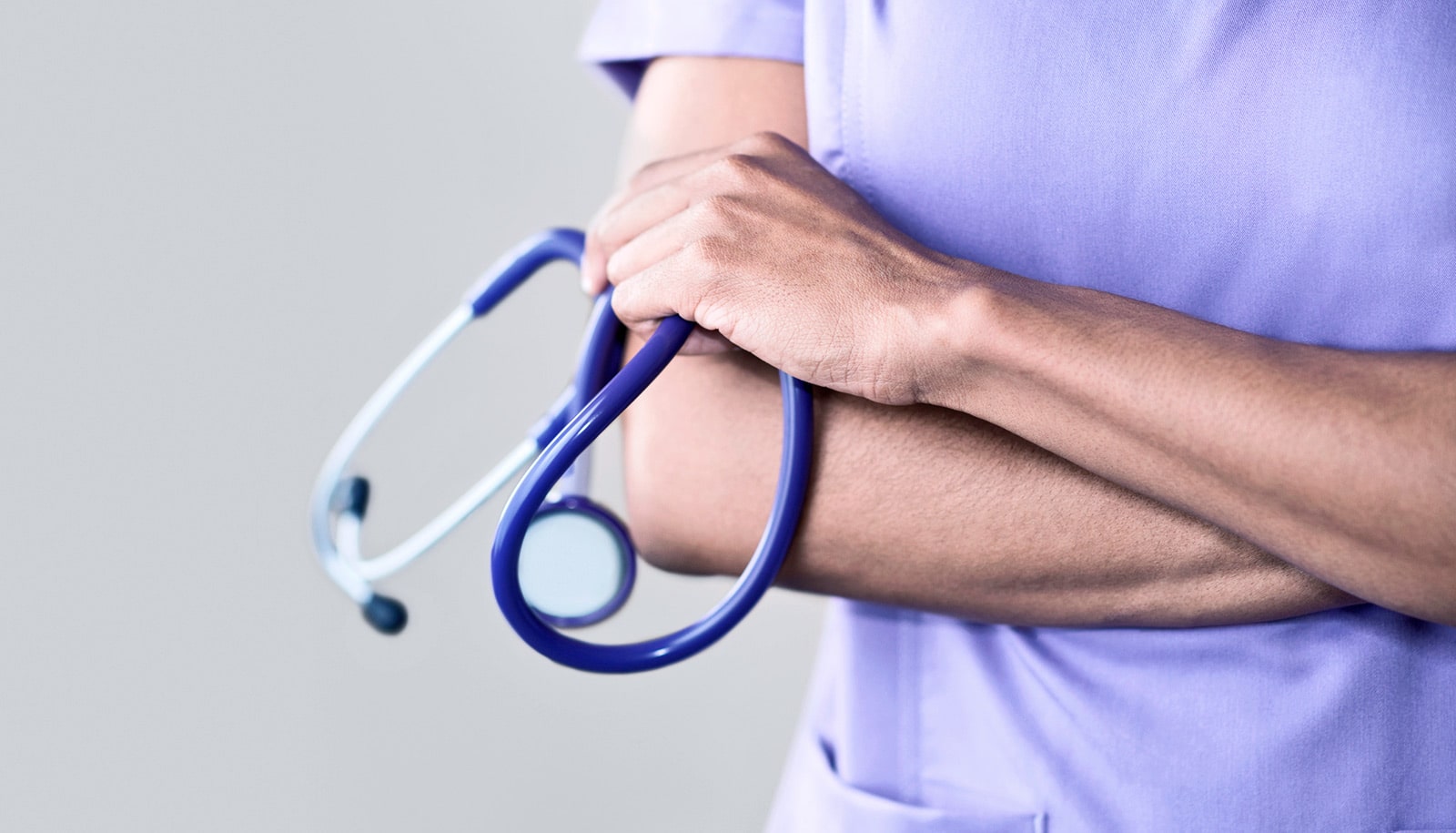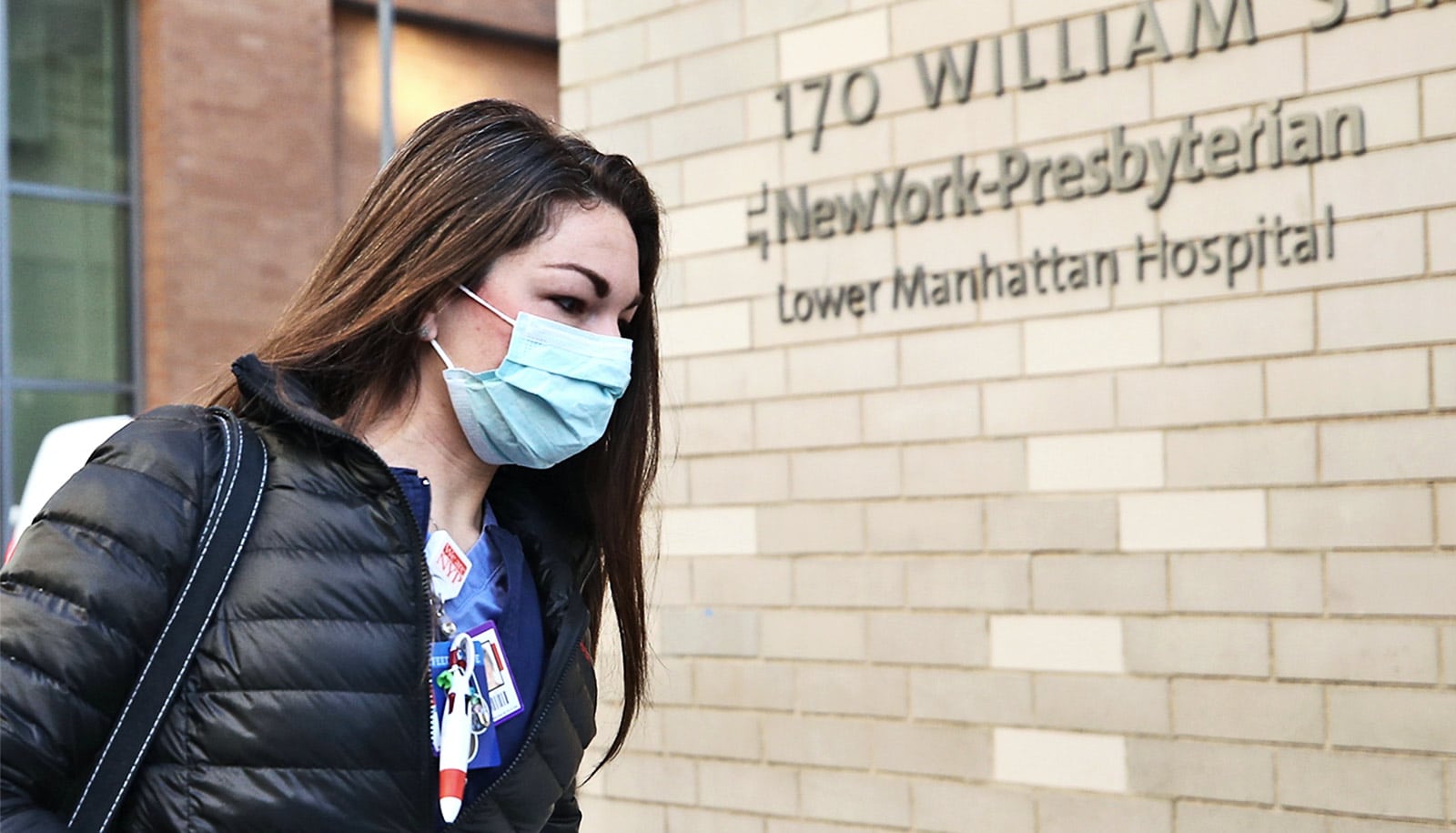During the COVID-19 pandemic, some restrictions on what nurses can’t do have been lifted.
Deena Kelly Costa, an assistant professor at the University of Michigan School of Nursing, helped advise Michigan Governor Gretchen Whitmer’s office in crafting the executive order that lifts restrictions—not only on nurses, but also on nursing students and other health care workers.
Here, she discusses what nurses can do now that they couldn’t before, and how long she thinks the new regulations will last:
What can nurses do now for patients that they couldn’t before, and can you quantify the impact on the public and the profession?
Before, nurse practitioners and nurse anesthetists had to be supervised by physicians, which limited the ability of NPs and CRNAs to be able to care for all patients.
Also, before this order, licensed practical nurses—a small portion of the nursing workforce in Michigan but nonetheless important—needed to work under an RN license and they could perform limited duties. After the suspension of these regulations, LPNs can now function and perform all nursing duties, which will greatly increase the capacity of our nursing workforce.
Nationally, there is wide variation in advanced practice nursing restrictions. Some states legislate a maximum number of NPs that a physician can supervise—for example, Ohio limits MDs to supervising only five NPs.
Michigan doesn’t have this oversight ratio, but it has had longstanding practice limitations on advanced practice nurses and nurse anesthetists.
Nurse practitioners and nurse anesthetists need to formalize a practice agreement with a supervising MD before being able to practice. While NPs can prescribe most drugs without physician delegation, they can only prescribe certain controlled substances, such as morphine, Xanax, or Valium, if delegated to by a physician.
In sum, the executive order lifts restrictions that inhibit nurses, and specifically advanced practice nurses (NPs or nurse anesthetists), from working to the fullest extent of their training and education—meaning that there may be more nurses available and those that are available won’ be restricted, which leads to public benefit.
Professionally, this means that nursing has even more power to influence the public health and we now have the opportunity to really demonstrate that.
Prior analysis done by the RAND Corporation a few years back showed that eliminating these regulations for NPs would increase the public’s access to care.
They’d be able to make appointments and be seen by a clinician more readily, they’d use care more such as annual visits and checkups, and more adults would get patient-centered care.
We’ve heard much discussion about ventilator and supply shortages, but very little about nurses. Presumably this order helps offset that. Why do you think that component is absent from this discussion?
I think nursing has been absent from the discussion for many reasons. As a society, there is a systematic undervaluing of care work—which is predominantly done by women and people of color—and is deeply rooted in sexism, racism, and the like.
This leads to invisibility of nursing care. This plays out in various misconceptions and lack of clarity regarding nursing’s role in health care. Because of that, we are often not included as sources and thus not able or afforded opportunities to dispel these misconceptions and myths in the media.
My hope is that as we continue to showcase the prominent role we play in the health care system and in keeping the public and communities healthy during this pandemic and in the future, these misunderstandings will be clarified and we will not only play a prominent role in health care but we will be leading the national conversation about how to fix the health care system.
As a colleague of mine once said, “Nurses are the human face to the health care machine.” And for so often we have minimized that human face.
Now that the human touch is desperately needed during these trying times, I believe that nursing will be better understood as a profession and as a scientific discipline.
Do you foresee these new guidelines for nurses staying in place after the pandemic?
I hope so. I think there are lots of changes that have been implemented during COVID that will be sustained. I hope that the restrictions on advanced practice nurses’ scope of practice will remain suspended.
Many states have revised their scope of practice laws pre-pandemic to allow NPs and CRNAs to work to the fullest extent of their training, and many other states have lifted their restrictions during COVID-19.
I hope that the country sees the value of these changes, and legislation is passed to remove these barriers permanently in Michigan and in other states. Also, I certainly hope that we as a nation continue to recognize the excellent work health care workers do.
I think COVID has introduced a different way of looking at our health system and I hope that valuing the work of nurses and other caring professions will be front and center post-pandemic.
Source: University of Michigan



